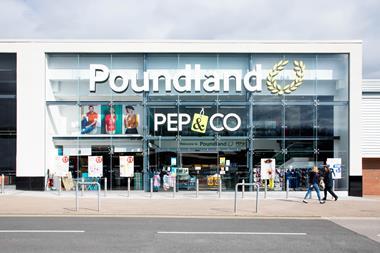I ask account managers: “Which page do you write first when putting together a customer presentation?” They answer: “Page one, of course”. And there you have it. The result is a meandering deck of fabulous information misfiring in all directions. The fact that sales folk call their presentation a ‘deck’ at all should ring alarm bells - 52 slides and you don’t have to look far to find a joker.
There is obviously a misguided hope amongst suppliers that when they gush all the mystical background to their offering, buyers will be seduced into momentarily taking on the shape of a marketeer in their business. Dream on - it’s never gonna happen. Selling a concept is not enough. You have to drive further and sell the specific proposal that implements that concept.
The buyer doesn’t want to know that 64% of consumers prefer the new packaging typeset and Pantone reference. They don’t need to be steeped in the rich history of the brand name. They just want to know what they have to do and what they earn if they do it. They need a proposal that they can take forward or respond to.
Many of the presentations I see, for all their length and detail, have no ask of the buyer at all. Instead they just lay out detail. Then the account manager waits for the buyer to say what they intend to do with it all. The better ones have a broad recommendation spread across pages, but this is still rubbish.
The first page you should write is, in fact, the proposal itself. Make it specific down to the implementation detail and include the commercial benefit for their category.
Now work your way towards the front, only including the content a buyer needs so this proposal makes sense when they hear it. Five pages will do you for most selling objectives. Insight is good if you are keeping it focused, including that piece of killer insight which unlocks why shoppers will buy more of this stuff than previously - one page max.
These are core principles of what I call Specific Proposal Selling, and will shorten the sell dramatically, leaving time for you to negotiate or set next steps. Next time you get a chance, ask your buyer if they’d rather see the five-page version or the 52-page deck and let me know how many say the latter.
Sign in to comment on this article
Not logged in before? Register for FREE guest access today.
You will be able to:
- Read more stories
- Receive daily newsletters
- Comment on stories
Advert



















No comments yet